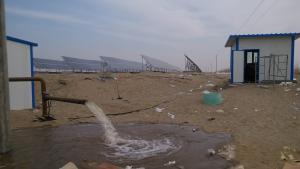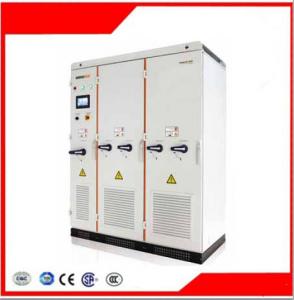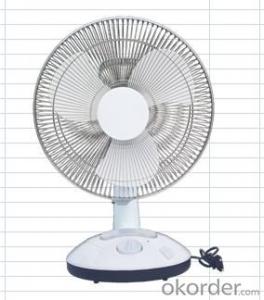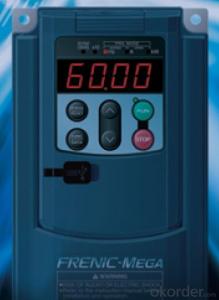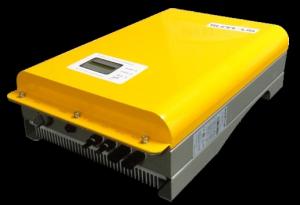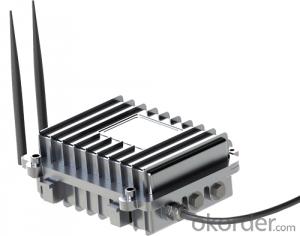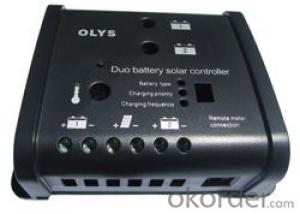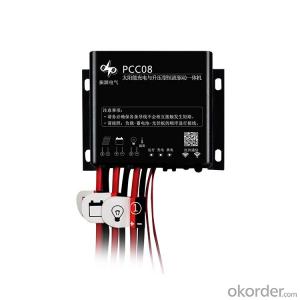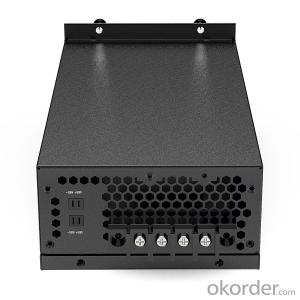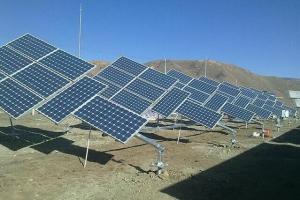Fimer Solar Inverter
Fimer Solar Inverter Related Searches
Fimer Solar Inverter Price Abb Solar Inverter Fimer Fimer Abb Solar Inverter Inverter Solar Lumos Solar Inverter Solar Solar Inverter Powmr Solar Inverter Smart Inverter Solar Smart Solar Inverter Solar Smart Inverter Solar Field Inverter Inverter Solar System Phoenix Solar Inverter Solar Energy Inverter Fuji Solar Inverter Inverter Solar Cell Inverter Hybrid Solar Sun Solar Inverter Solar Electric Inverter Solar Light Inverter Germany Solar Inverter Wifi Inverter Solar Solar Wifi Inverter Solar Home Inverter Micro Inverter Solar Solar Mini Inverter Solar Inverter Factory Solar Converter Inverter Microtek Solar Inverter Solar Farm InverterFimer Solar Inverter Supplier & Manufacturer from China
Fimer Solar Inverter is a range of high-quality inverters designed specifically for solar energy systems. These inverters play a crucial role in converting the direct current (DC) generated by solar panels into alternating current (AC), which can be used by homes and businesses. They are engineered to provide reliable and efficient power conversion, ensuring maximum energy yield from solar installations.Fimer Solar Inverters are widely used in various applications, including residential, commercial, and industrial settings. They are particularly suitable for grid-tied solar systems, where the generated power is fed into the main electrical grid. In addition to this, they can also be used in off-grid systems, where the power is stored in batteries for later use. These inverters are known for their robust design, ease of installation, and user-friendly interface, making them a popular choice among solar system installers and users.
Okorder.com is a leading wholesale supplier of Fimer Solar Inverters, offering a vast inventory of these products to cater to the needs of customers worldwide. With a commitment to quality and customer satisfaction, Okorder.com ensures that the Fimer Solar Inverters they supply meet the highest industry standards. By partnering with Okorder.com, customers can benefit from competitive pricing, fast shipping, and excellent customer support, making it a reliable choice for sourcing Fimer Solar Inverters.




